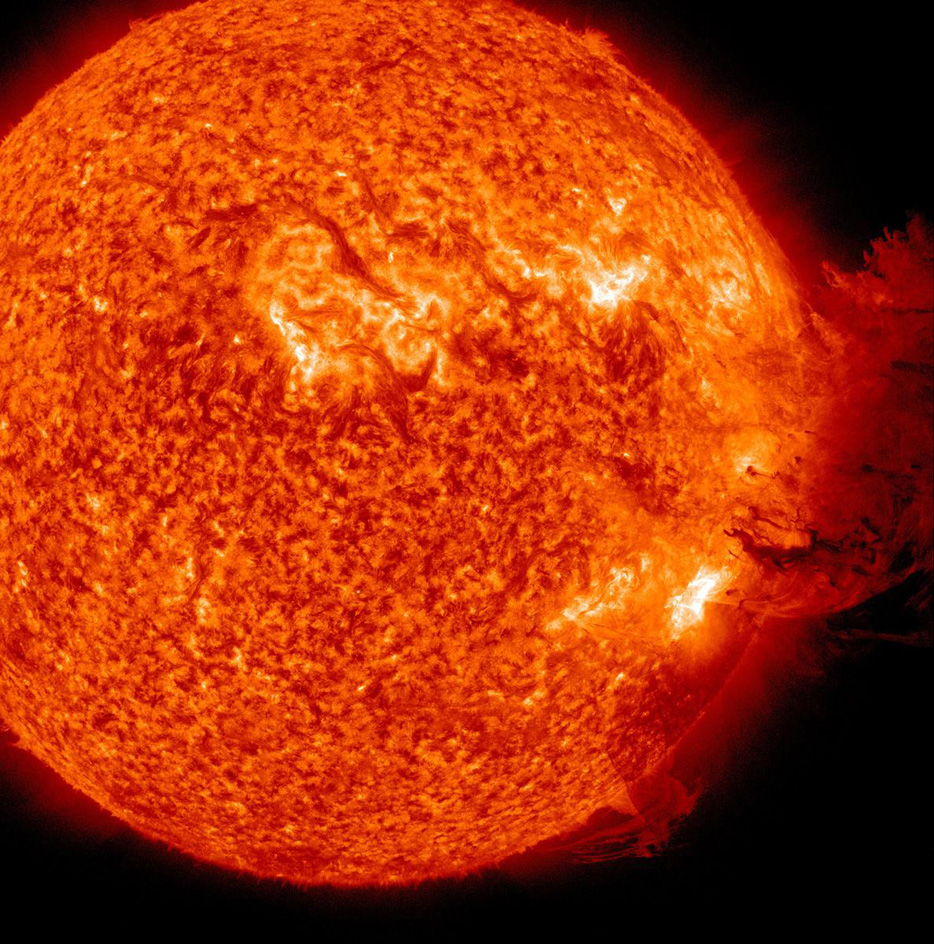STEREO is a pair of nearly identical spacecraft designed to study the sun and the materials it gives off. STEREO stands for Solar TErrestrial RElations Observatory. The National Aeronautics and Space Administration (NASA) launched the STEREO spacecraft aboard a single rocket on Oct. 25, 2006.
The STEREO probes share the same orbit as Earth around the sun. However, one probe orbits slightly faster than Earth, and one probe orbits slightly slower. At first, the difference in speed between the two spacecraft caused them to drift apart. This separation enabled the craft to provide a stereoscopic view of the sun. A stereoscopic view combines images from two different angles to show depth. Together the spacecraft can also observe a larger portion of the sun at one time than can a single satellite. Due to the difference in speeds, both probes are drifting to the opposite side of the sun from Earth. They crossed paths on the far side in 2015.
The STEREO craft observe events on the sun’s surface, such as coronal mass ejections (CME’s) and solar prominences. These huge eruptions carry matter and a portion of the sun’s magnetic field far above the surface. The probes also observe how electrically charged particles are accelerated in the sun’s outer atmosphere and a region of space called the heliosphere. Studying solar activity helps scientists predict showers of particles and other radiation, often called space weather, that can disrupt radio communications and electric power grids on Earth. 
In 2007, scientists combined data from both spacecraft to provide the first three-dimensional images of the sun. The images included prominences and CME’s extending outward from the sun’s surface. On Feb. 6, 2011, the two spacecraft reached opposite sides of the sun from each other. Combined with other solar observatories, the spacecraft enabled scientists to monitor the sun’s entire surface. In 2014, NASA lost contact with one of the probes, STEREO-B, during a test. The other craft, STEREO-A, continued to function normally. NASA reestablished contact with STEREO-B in August 2016.
See also Hinode; Parker Solar Probe; Solar Dynamics Observatory (SDO); Space exploration (Exploring the sun).
